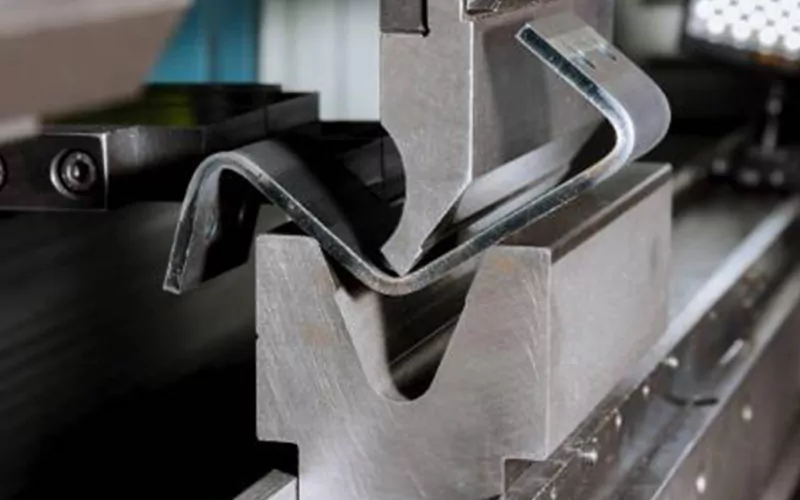Demystifying CNC Programming: Simplifying the Technical Side of CNC Metal Fabrication
الجسم
When it comes to CNC metal fabrication, understanding the technical side of CNC programming is crucial for achieving precision and efficiency in the manufacturing process. In this article, we will delve into the intricacies of CNC programming, demystifying its complexities and simplifying the technical aspects for a comprehensive understanding.

The Fundamentals of CNC Metal Fabrication
Before we dive into the specifics of CNC programming, it's essential to grasp the fundamentals of CNC metal fabrication. CNC, or Computer Numerical Control, is a manufacturing process that utilizes pre-programmed computer software to dictate the movement of machinery and tools in the fabrication of metal components. This automated approach allows for high levels of accuracy and repeatability, making it a preferred method in various industries such as aerospace, automotive, and electronics.
Demystifying CNC Programming
Demystifying CNC programming involves breaking down the intricate codes and commands that drive the CNC machines. At the core of CNC programming is the creation of a set of instructions that dictate the precise movements and operations of the machine. These instructions are typically written in a language specific to CNC machines, such as G-code or M-code, and are generated using specialized software. Understanding the nuances of these programming languages is essential for optimizing the fabrication process and achieving the desired output.
The Role of Simulation in CNC Programming
Simulation plays a pivotal role in CNC programming, offering a virtual environment to test and validate the programmed instructions before actual fabrication takes place. By simulating the machining process, manufacturers can identify potential errors, collisions, or inefficiencies in the program, thus minimizing the risk of material wastage and machine damage. Additionally, simulation allows for the optimization of tool paths and cutting strategies, leading to enhanced productivity and cost-effectiveness in CNC metal fabrication.
Advancements in CNC Programming Technologies
With the rapid advancements in technology, CNC programming has witnessed significant innovations that have revolutionized the metal fabrication industry. One such innovation is the integration of artificial intelligence (AI) and machine learning algorithms in CNC programming software. These AI-powered systems can analyze vast amounts of data to optimize cutting parameters, predict tool wear, and adaptively adjust machining strategies in real-time, leading to unprecedented levels of efficiency and quality in CNC metal fabrication.
As we continue to demystify CNC programming and simplify the technical side of CNC metal fabrication, it's evident that embracing these technological advancements is paramount for staying competitive in the manufacturing landscape. By leveraging the power of simulation, embracing AI-driven solutions, and continually refining our understanding of CNC programming, we can unlock new frontiers of precision and productivity in metal fabrication.









تعليقات